Angles
An angle is formed when two lines or rays meet at a common point. The common point is called the vertex of the angle. Angles are measured in degrees, and there are different types of angles based on their measurement.
Types of Angles
Acute Angle: An angle that measures less than 90 degrees.
Right Angle: An angle that measures exactly 90 degrees. It looks like a small square in the corner of a shape.
Obtuse Angle: An angle that measures more than 90 degrees but less than 180 degrees.
Straight Angle: An angle that measures exactly 180 degrees. It looks like a straight line.
Reflex Angle: An angle that measures more than 180 degrees but less than 360 degrees.
Measuring Angles
Angles can be measured using a protractor. The protractor has a semicircular shape with degrees marked along the curved edge. To measure an angle, place the center of the protractor on the vertex of the angle, align the baseline of the protractor with one of the angle's rays, and then read the measurement where the second ray crosses the protractor's scale.
Sum of Angles
In a triangle, the sum of all three interior angles is always 180 degrees. In a quadrilateral, the sum of all four interior angles is always 360 degrees.
Understanding angles is important for geometry and understanding the relationships between shapes and lines.
[Angles] Related Worksheets and Study Guides:
.◂Math Worksheets and Study Guides Kindergarten. Shapes
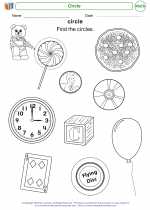
 Coloring Worksheet
Coloring Worksheet
 Coloring Worksheet
Coloring Worksheet
 Coloring Worksheet
Coloring Worksheet
 Coloring Worksheet
Coloring Worksheet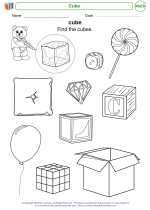
 Coloring Worksheet
Coloring Worksheet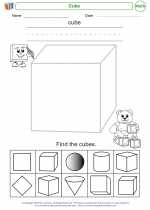
 Coloring Worksheet
Coloring Worksheet
 Coloring Worksheet
Coloring Worksheet
 Coloring Worksheet
Coloring Worksheet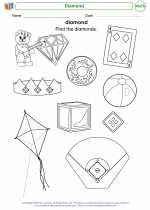
 Coloring Worksheet
Coloring Worksheet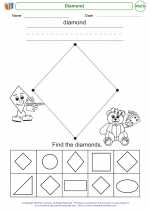
 Coloring Worksheet
Coloring Worksheet
 Coloring Worksheet
Coloring Worksheet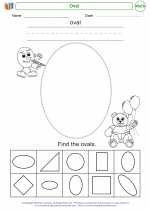
 Coloring Worksheet
Coloring Worksheet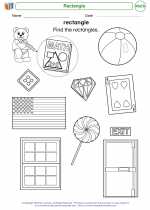
 Coloring Worksheet
Coloring Worksheet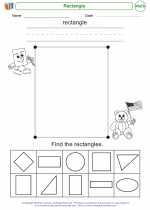
 Coloring Worksheet
Coloring Worksheet
 Coloring Worksheet
Coloring Worksheet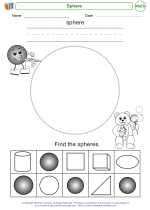
 Coloring Worksheet
Coloring Worksheet
 Coloring Worksheet
Coloring Worksheet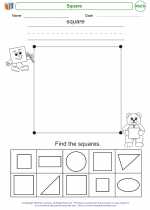
 Coloring Worksheet
Coloring Worksheet
 Coloring Worksheet
Coloring Worksheet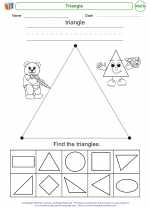
 Worksheet/Answer key
Worksheet/Answer key
 Worksheet/Answer key
Worksheet/Answer key
 Worksheet/Answer key
Worksheet/Answer key
 Worksheet/Answer key
Worksheet/Answer key
